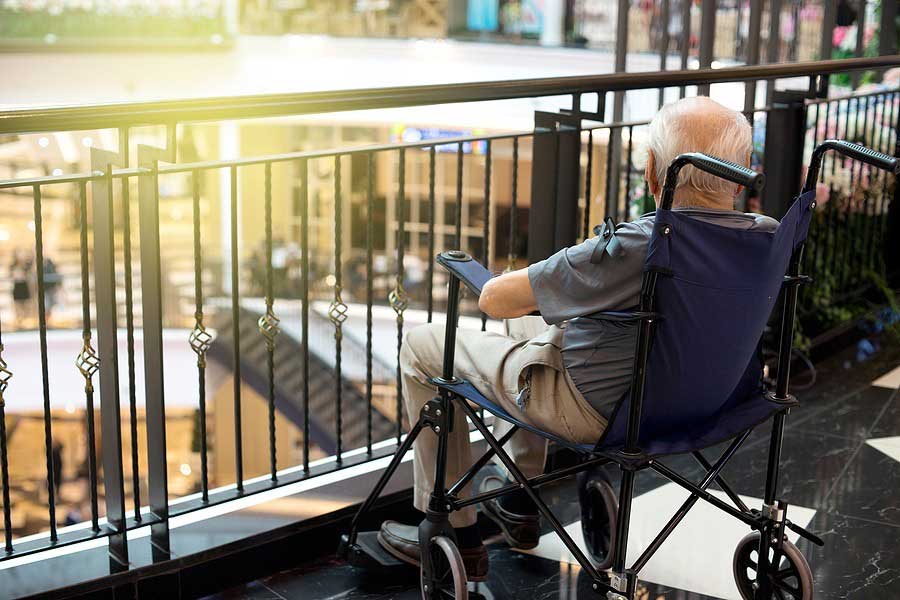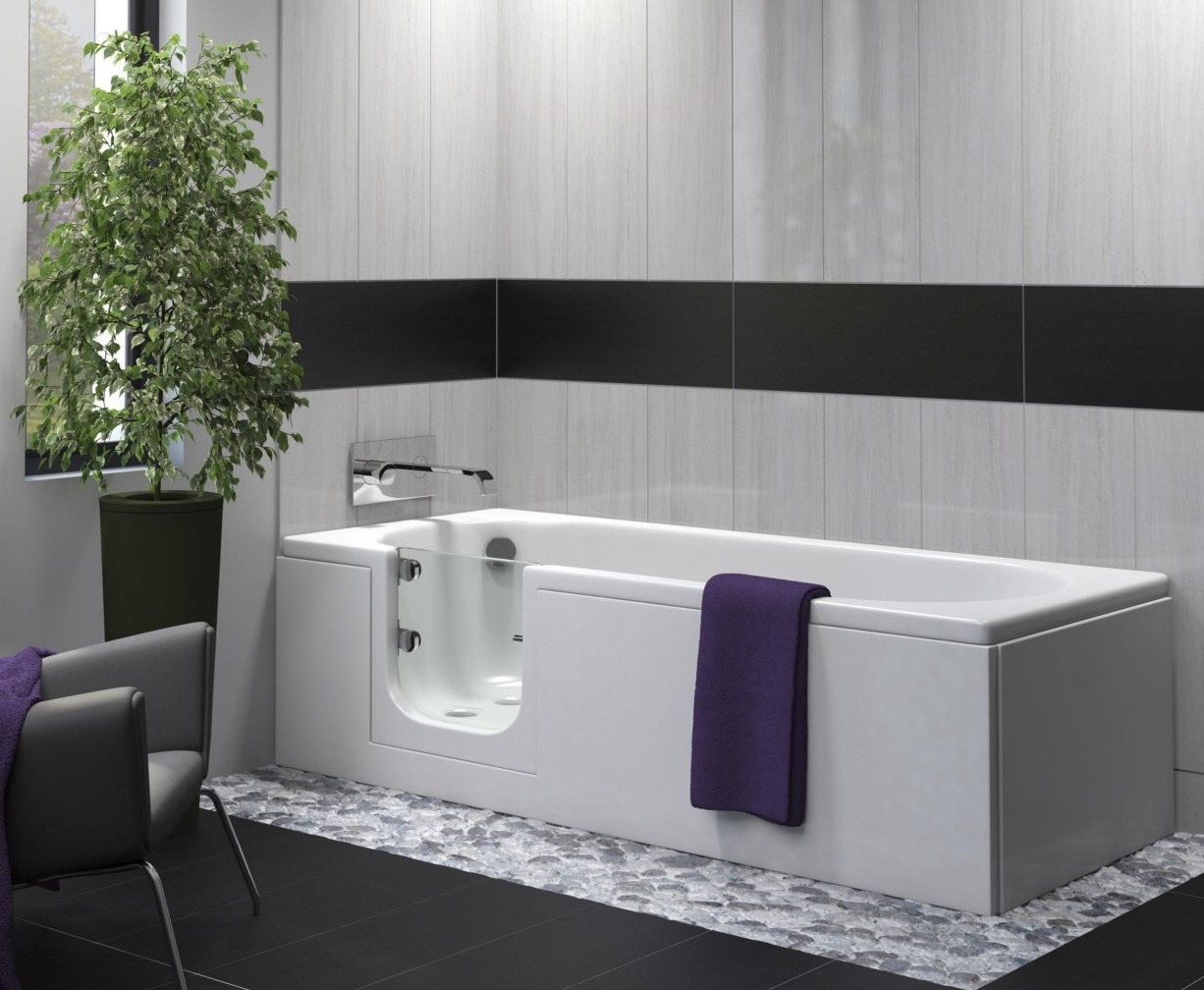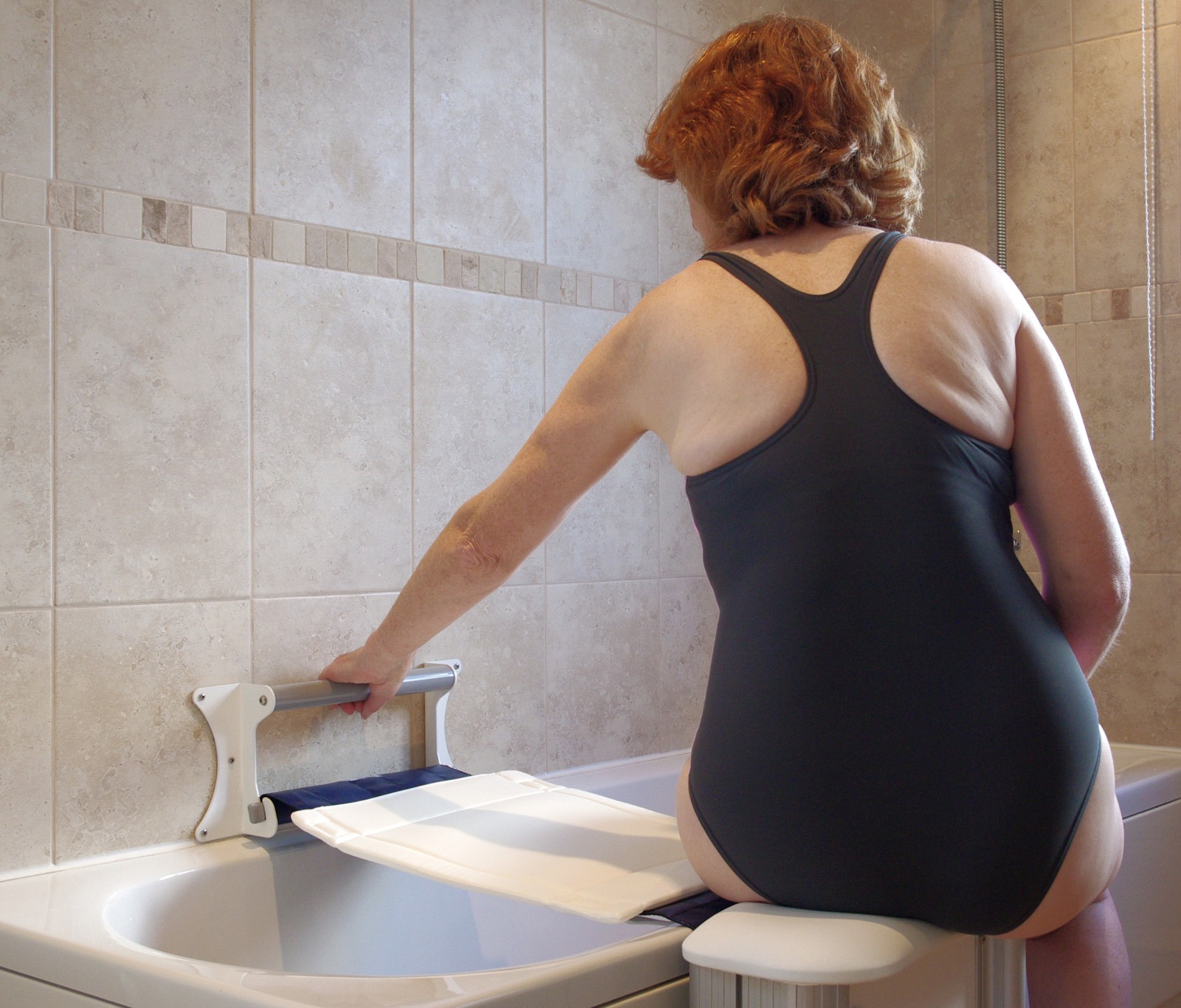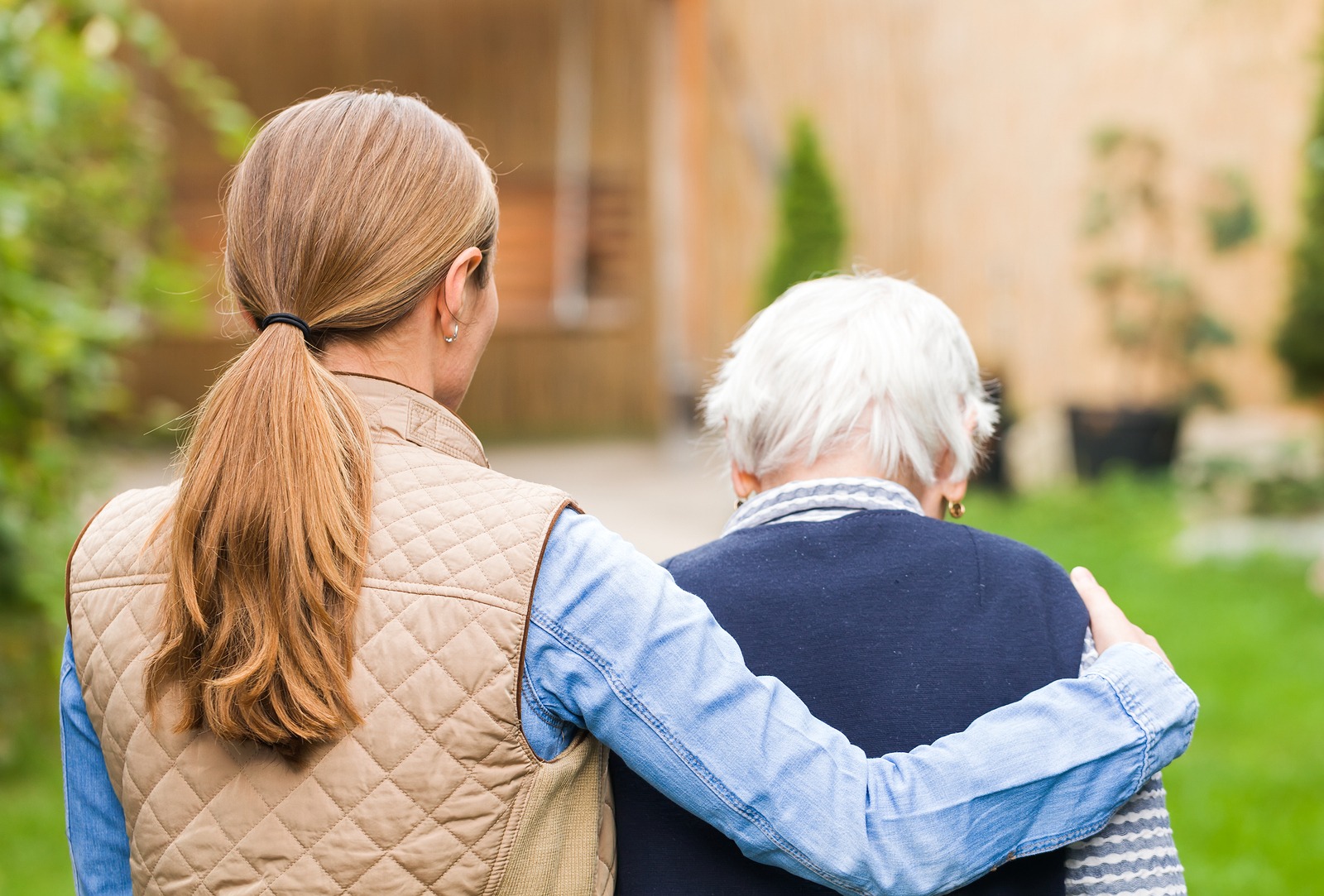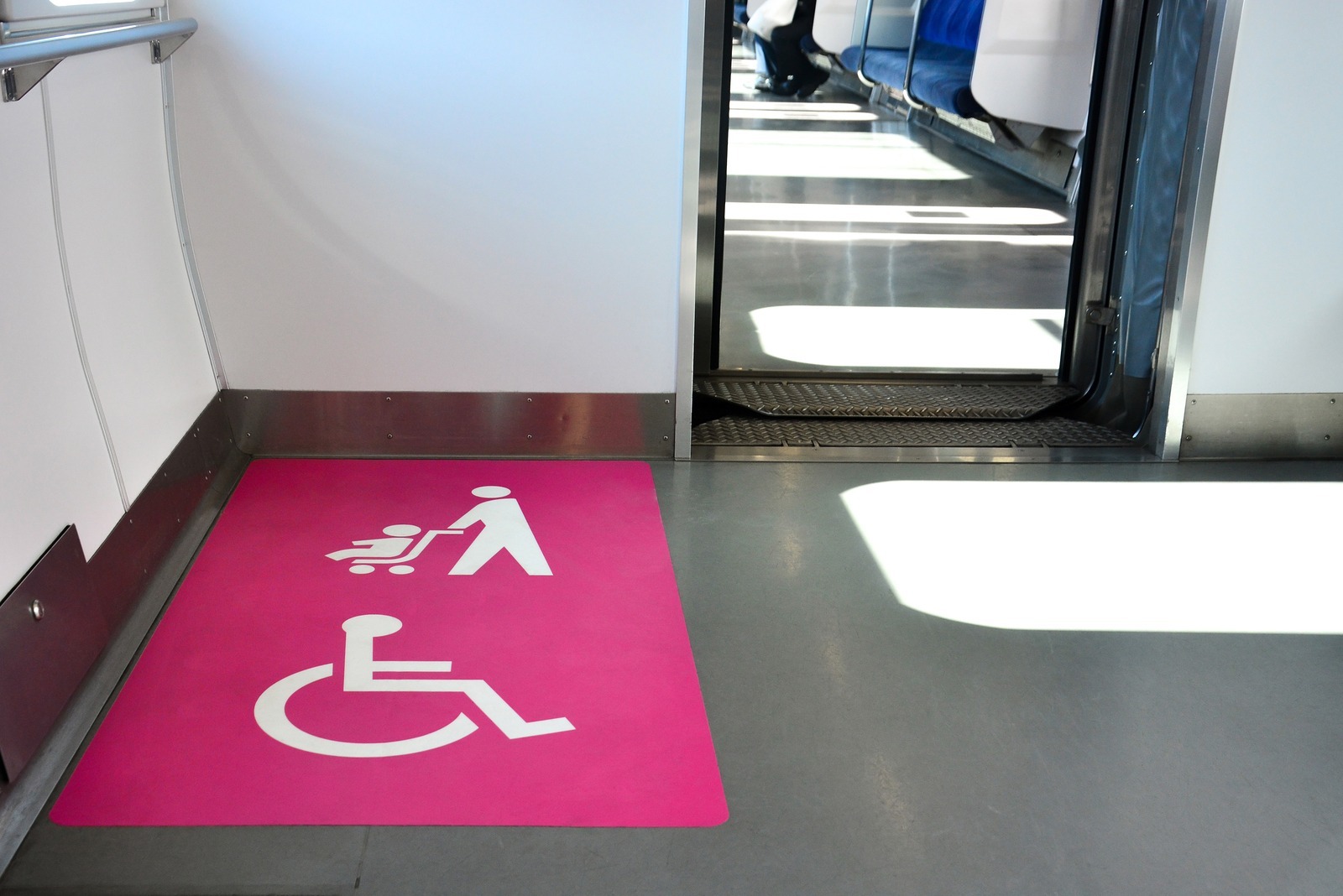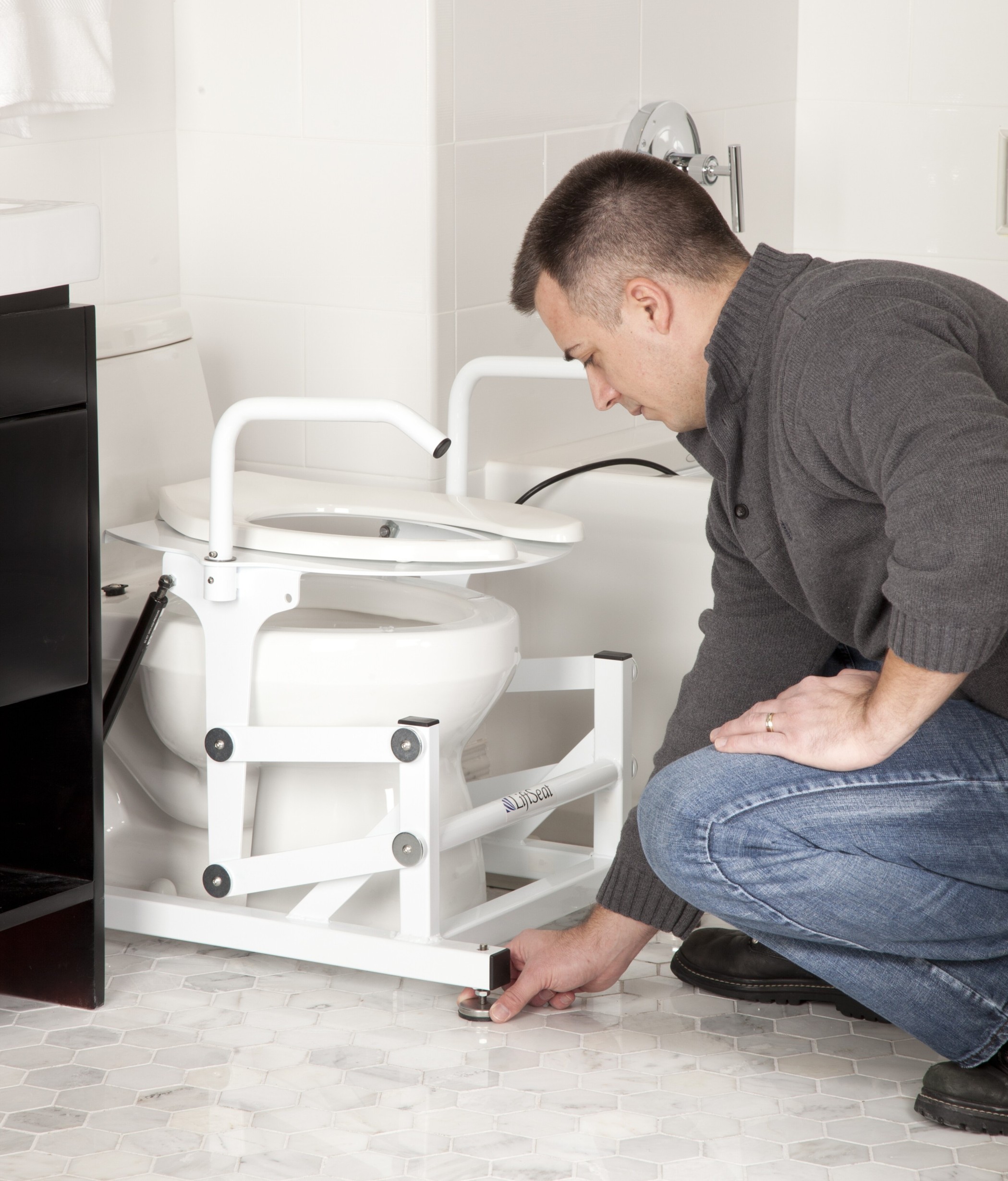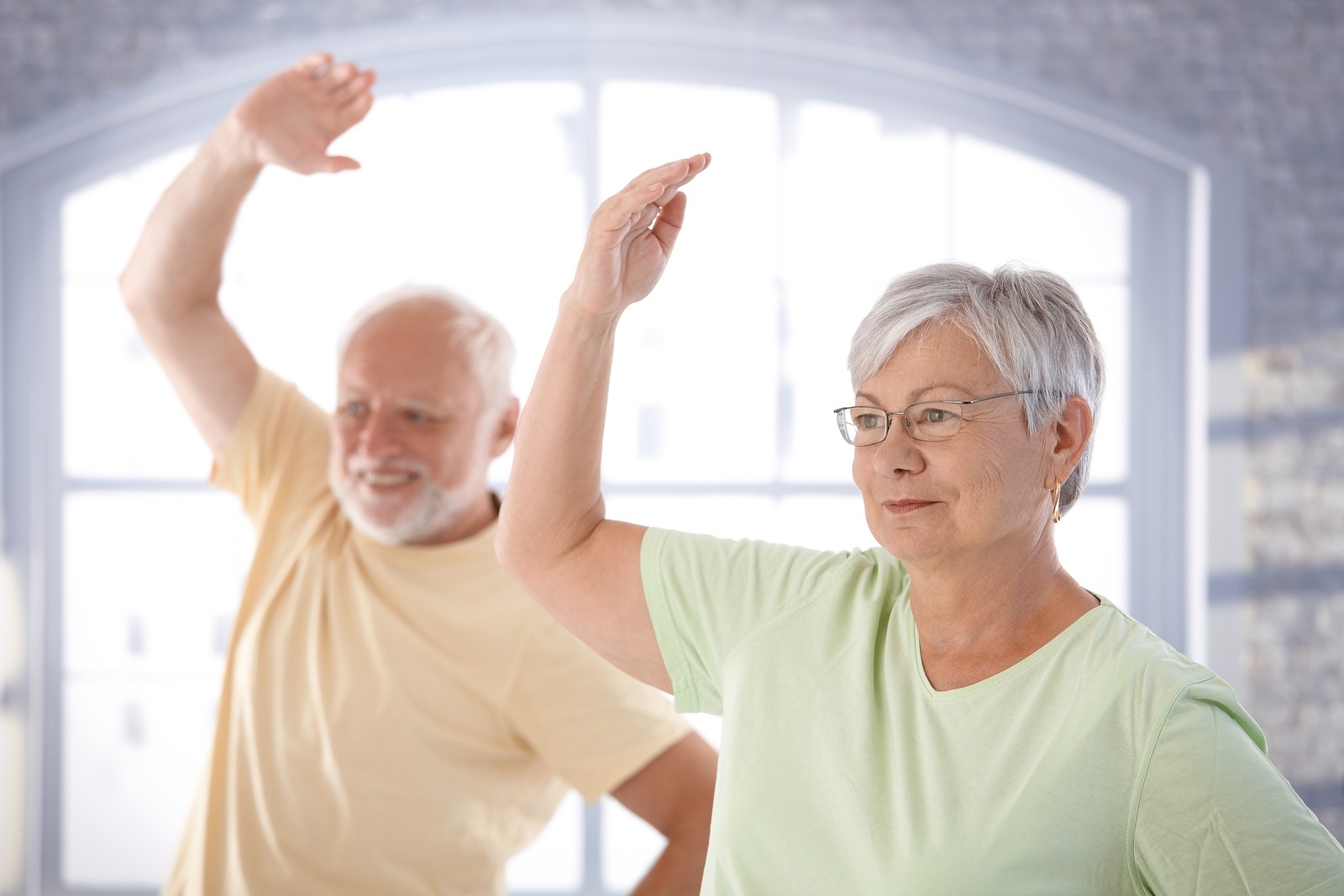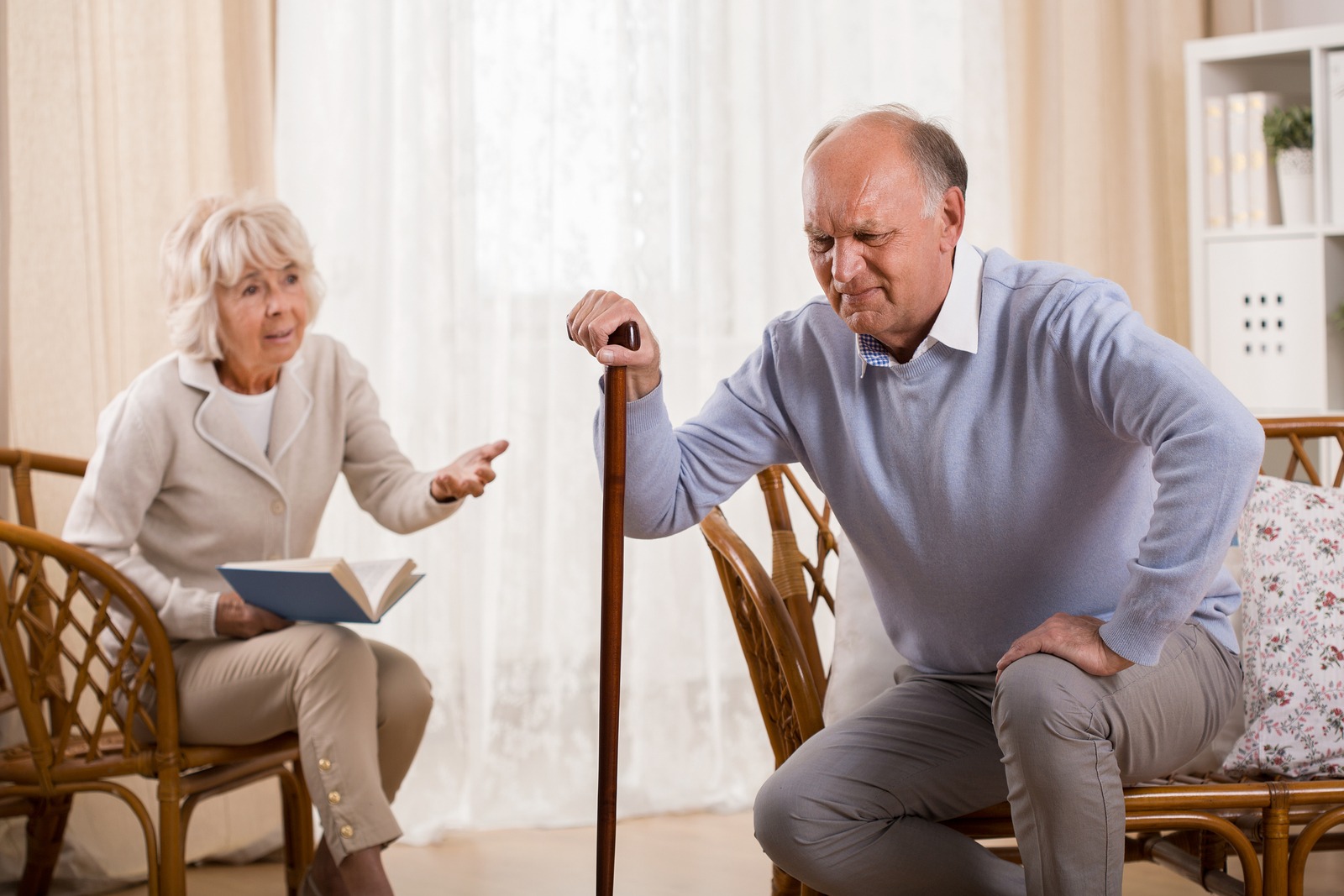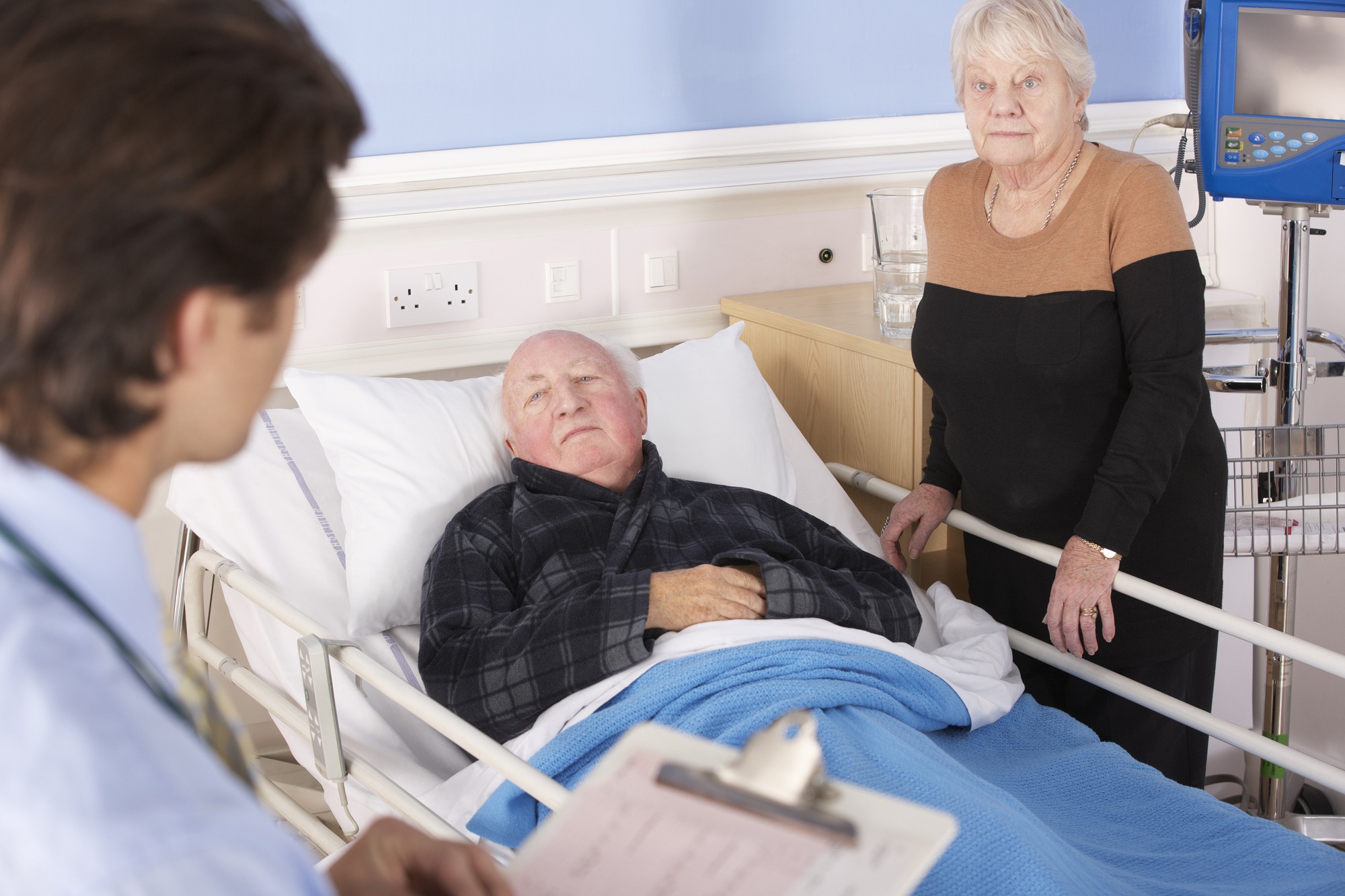
New ITV Campaign To Raise Awareness Of Invisible Disabilities
Broadcaster ITV has launched a new on-air campaign to raise awareness of invisible disabilities, developed in partnership with charity Scope and featuring famous faces like Chase star Paul Sinha, actress Kelle Bryan and author Katie Piper.
Research by ITV has revealed that less than a third of the population in the UK are aware of the levels of disability in the country. One in five people are, in fact, disabled but only 40 per cent say they feel confident about telling others that they have a disability.
The marketing campaign forms part of the broadcaster’s commitment to help drive culture change around disability perception and representation, shape culture for good and foster creativity by championing diversity, equality and inclusion.
Paul Fuller, executive director of partnerships at Scope, said: “One in five of us in the UK are disabled, but this is not always obvious. At Scope, we unfortunately hear regularly from disabled people who have experienced negative attitudes, social isolation and a lack of understanding.
“We hope ITV’s campaign will increase awareness of invisible impairments and conditions. It has the potential to challenge viewers, encourage them to deepen their understanding and to become disability allies.”
Hidden disabilities are those that may not be immediately obvious, including learning difficulties, mental health, mobility, speech, visual or hearing impairments. Conditions can also include asthma and COPD, as well as renal failure, diabetes and sleep disorders when such conditions affect daily life.
Invisible disabilities come with their own specific challenges for individuals, with many misunderstandings arising from others and judgements incoming based on incorrect perceptions.
Looking for help or advice relating to mini walk in baths? Get in touch with Practical Bathing today.

